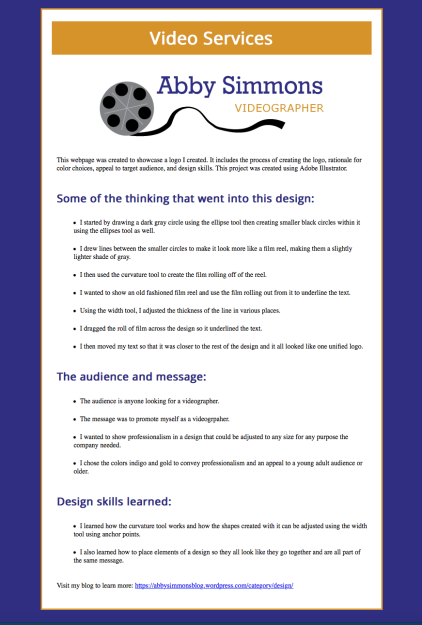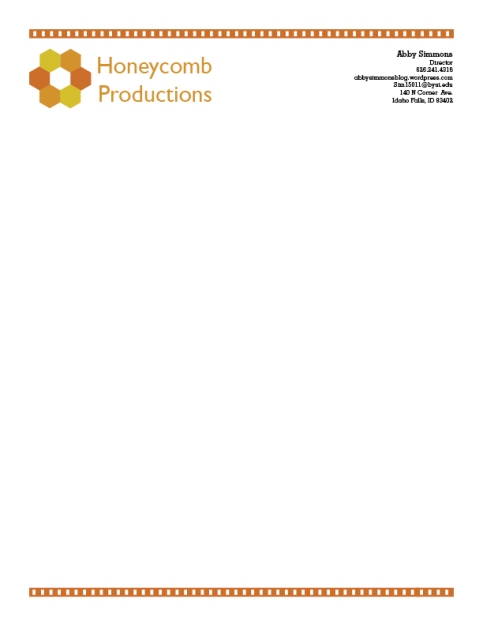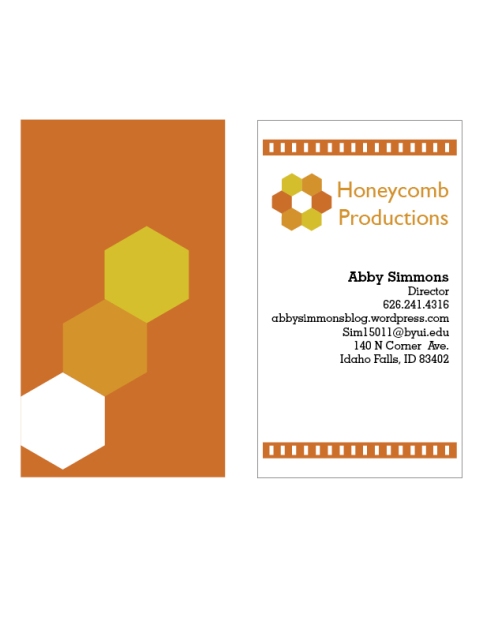About 1993, AT&T made some pretty visionary assumptions about the future. Here are some things that I noticed about their video as it comperes to the world we live in in 2016. (Here is the video for reference https://www.youtube.com/watch?v=yFWCoeZjx8A).
|
Two things that were immediately apparent were the use of a Skype-like program that allows for people to video chat with each other and the ability to translate conversations into other languages digitally. The difference with the video chat is that in AT&T’s video, they predicted that the cell-phone would look the same as it did then and be necessary to speak through in order for the video chat to work. We now simply talk directly into the screen as the video camera and speaker are built into the computer or phone being used. They were also able to have an effective three-way conversation with each other, just as we can now. However, we are not able to do this on an airplane unless we pay a lot of money.
The tablet that the man was holding now exists and is also capable of video chat. There are also programs available to virtually construct a new outside of a building but it isn’t as simple as just giving a voice command telling the program to give the building a new exterior, you have to construct it yourself.
Playing video games in a virtual reality is also becoming a reality now. As far as I know though, you can’t play with multiple people in the same game as different characters that are part of the story yet. So far, no homework is available in virtual reality but that could change as it becomes more popular, but it doesn’t seem likely.
The people in the video had to go to a phone booth in order to make a call while we now have phones as mobile devices. There was also an operator that had to connect the call whereas we now save contacts into our mobile phone and simply have to click on it. The systems they use to video chat are also able to tell people where their contacts are located if they are connected to a network, which we don’t have wide access to now.
Their computerized intelligent agent is a lot like the Siri of Apple devices but is an image instead of just a voice. They didn’t have to leave an office to order food or shop, which we can do via online ordering and online shopping. However, there is an option to dress a mannequin of an individual’s body type virtually, without having to try the clothes on which we aren’t able to do yet. They had an electronic classroom, which we are sort of transitioning into now. It isn’t quite at a point where it could be individualized but maybe one day it will be.
With all of the things developed virtually in this predicted world, the computers do a lot of things for them. We now have a lot of things that can be done for us with computers but we are not as dependent on that technology as people in this world are.
|




